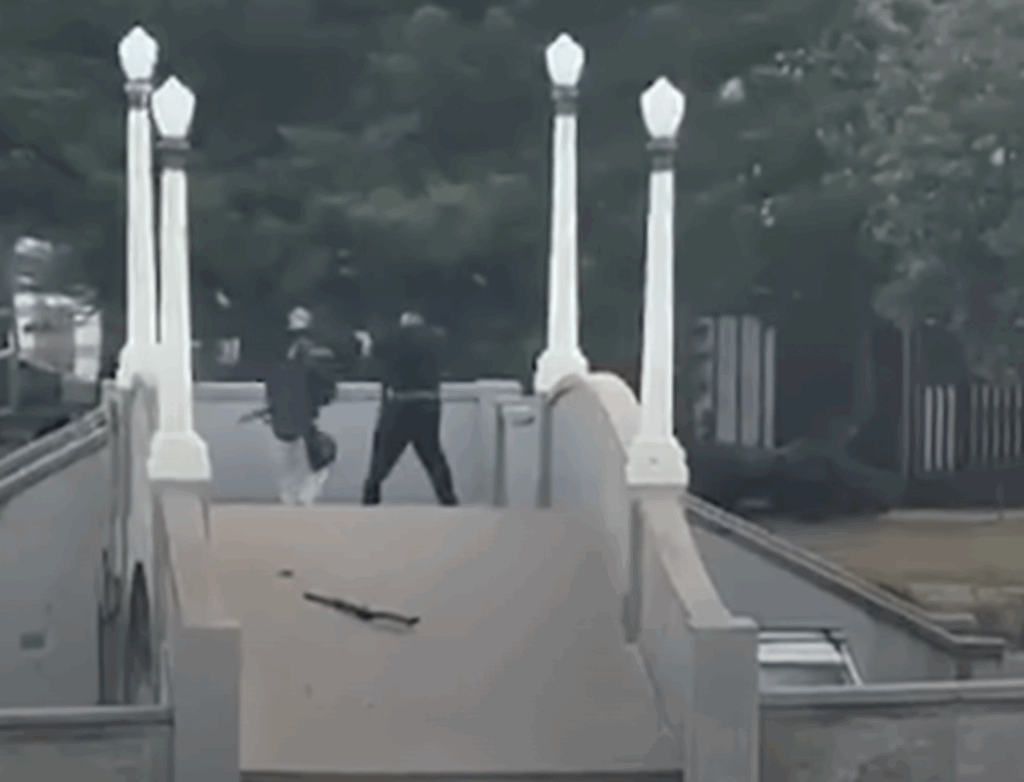IN THE MEDIA
Energy is defiant Iran’s weakpoint
August 6, 2007 | Colin Rubenstein
Colin Rubenstein
A version of this article appeared in the Australian Financial Review, August 6, 2007
LAST WEEK, US Secretary of State Condoleezza Rice, visiting the Middle East, correctly said that the Iranian regime constitutes the “biggest threat” to the region.
That threat will be multiplied if Iran builds nuclear weapons in defiance of the UN Security Council.
The recent Syria, Iran, Hamas and Hezbollah summit demonstrated what the Middle East could face if Iran obtains nuclear weapons.
Iranian President Ahmadinejad congratulated Hamas for imposing Islamic law in Gaza and reportedly gifted Syria US$1 billion for fighter jets and missile systems – provided Damascus spurns Israel’s peace overtures.
The Iran-Syria partnership squeezes Iraq; funds Hezbollah and other terrorist groups to harry Israel and prevent real Lebanese independence, and shelters and supports leaders of Hezbollah, Hamas and possibly al-Qaeda.
The International Atomic Energy Agency expected Iran to have approximately 3,000 centrifuges enriching uranium by July 31. That could furnish one nuclear device a year. Iran has said it aims for 54,000 centrifuges.
Nuclear weapons will likely result in: even more aggressive behaviour from a revolutionary regime that regularly intimidates its neighbours; regional nuclear proliferation; the serious risk of WMD spreading to Iran’s many terrorist clients; and the danger that fanatical regime elements may actually trigger nuclear war to fulfil religious imperatives.
Diplomacy has failed to change Iran’s behaviour, but the West has considerable potential leverage through economic sanctions.
Polls show Iranians overwhelmingly support abandoning a nuclear weapons program for aid and trade relations with the West.
The key to capitalising on the widespread popular discontent is targeting the energy industries, which provide 70% of government revenue.
Despite huge oil reserves, Iran is failing to attract sufficient oil industry investment to maintain current production.
One US National Academy of Science study predicts Iranian oil exports will decline 10% to 12% annually, ceasing by 2015.
Moreover, Iran imports 40 percent of its petrol due to its archaic infrastructure.
The UN Security Council, currently considering additional sanctions, should target both energy investment and refined energy exports to Iran, until Iran meets the Council’s legally-binding demand to halt uranium enrichment.
Russia and China may prevent this for reasons of economic self-interest. However, even if they do, unofficial sanctions led by the US and its allies are already biting, and partly account for the recent fall in Iranian energy investment. America’s Iran Freedom Sanctions Acts (ISA) targets foreign companies investing in Iran’s energy sectors.
US pressure on financial institutions has throttled Iranian access to global capital markets and financial services.
The question is whether sanctions will work in time.
Australia has a part to play. A few Australian companies, negotiating natural gas and pipeline deals in Iran, are likely to face US sanctions under ISA. Our government should inform them it won’t help if they proceed before the nuclear issue is resolved.
No serious observer can want either a nuclear Iran or military strikes, but exploiting Iran’s energy sector vulnerabilities is the only other viable option.
Dr. Colin Rubenstein is Executive Director of the Australia/Israel & Jewish Affairs Council. Previously, he taught Middle East Politics at Monash University for many years.
Tags: International Security





